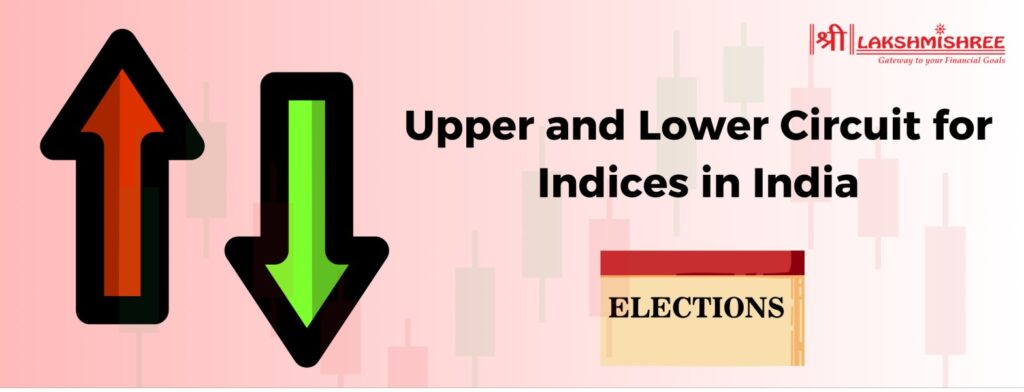
As the Indian general elections approach, the stock market will likely experience heightened volatility. In such times, mechanisms like upper and lower circuits for indices play a crucial role in maintaining market stability. This article explores the concept of upper and lower circuits for indices in India, their impact on trading, and their relevance in the current political context.
Upper and lower circuits are regulatory measures implemented to curb excessive volatility in the stock market. These circuits apply to individual stocks and stock indices such as the BSE Sensex and NSE Nifty 50. An index is a benchmark that reflects the performance of a group of stocks representing a market segment.
In the Indian stock market, circuit breakers are triggered based on the percentage movement of an index within a trading session. Here’s a breakdown of the circuit limits:
These measures help prevent extreme market fluctuations, providing investors with time to reassess their positions and make informed decisions.
Several factors can trigger the upper or lower circuits of an index. These include:
With the Indian general elections around the corner, the market is on high alert. Historical data shows that election outcomes can lead to significant market movements. For instance, a clear majority for a pro-business government can boost investor confidence, potentially triggering an upper circuit. Conversely, a hung parliament or a government perceived as less favourable to business could lead to panic selling, triggering a lower circuit.
Understanding the upper and lower circuit mechanisms is essential for investors, especially during politically volatile periods like elections. These circuits act as safety nets, ensuring the market does not experience unchecked volatility, thereby protecting investors and maintaining market integrity. As the election results are near, keeping an eye on these mechanisms will help investors navigate through potential market turbulence.
